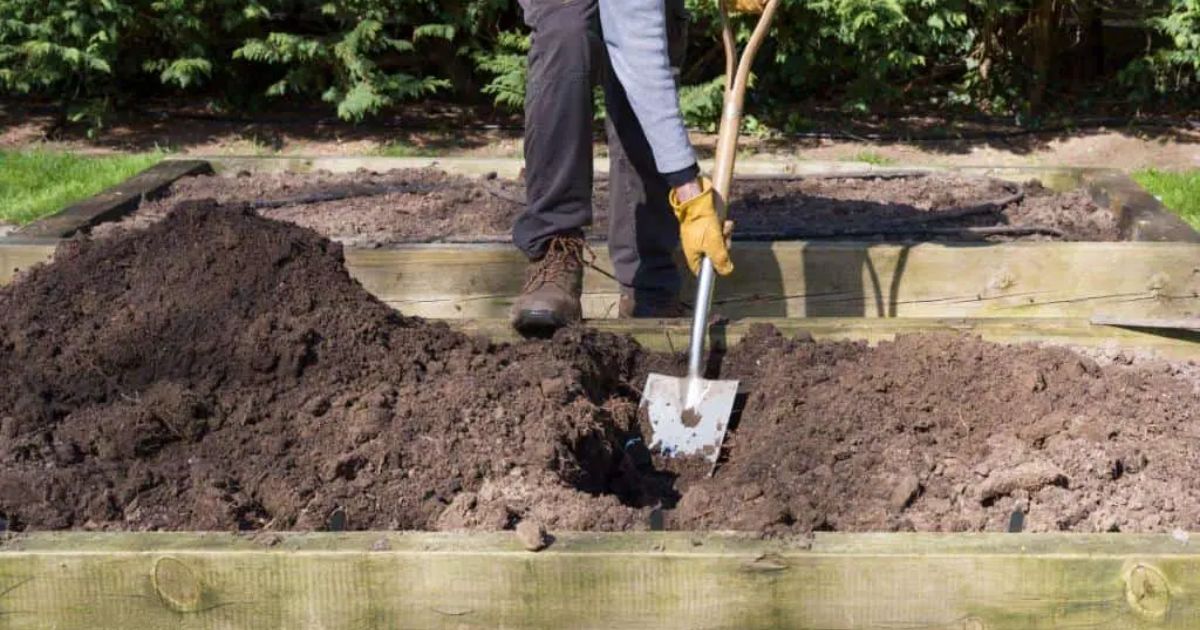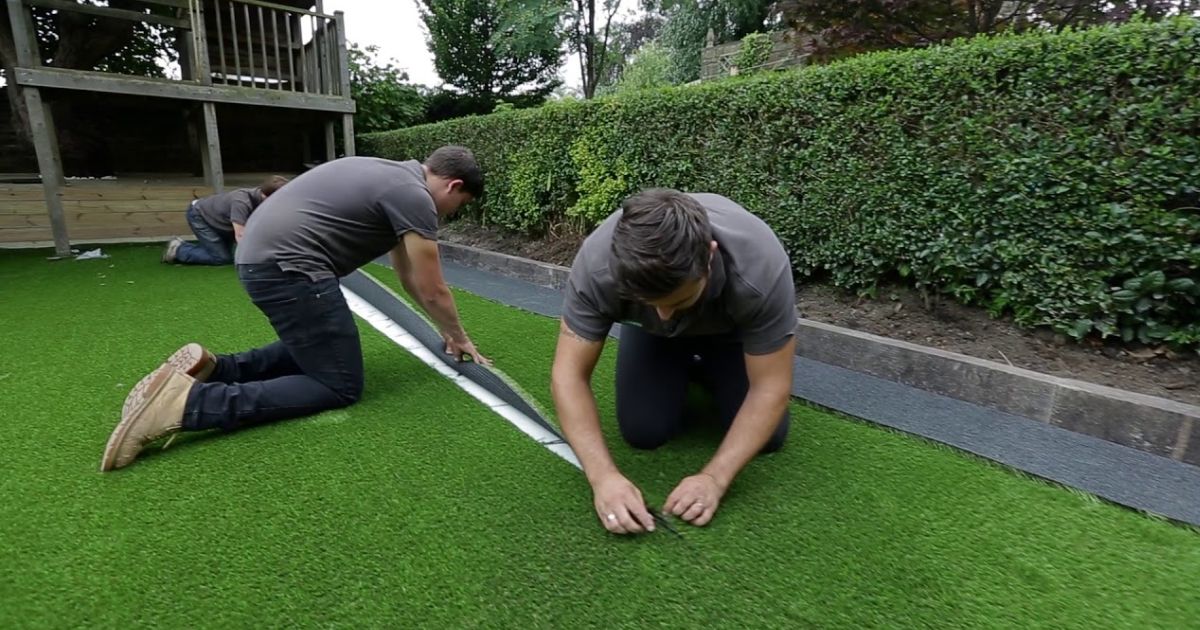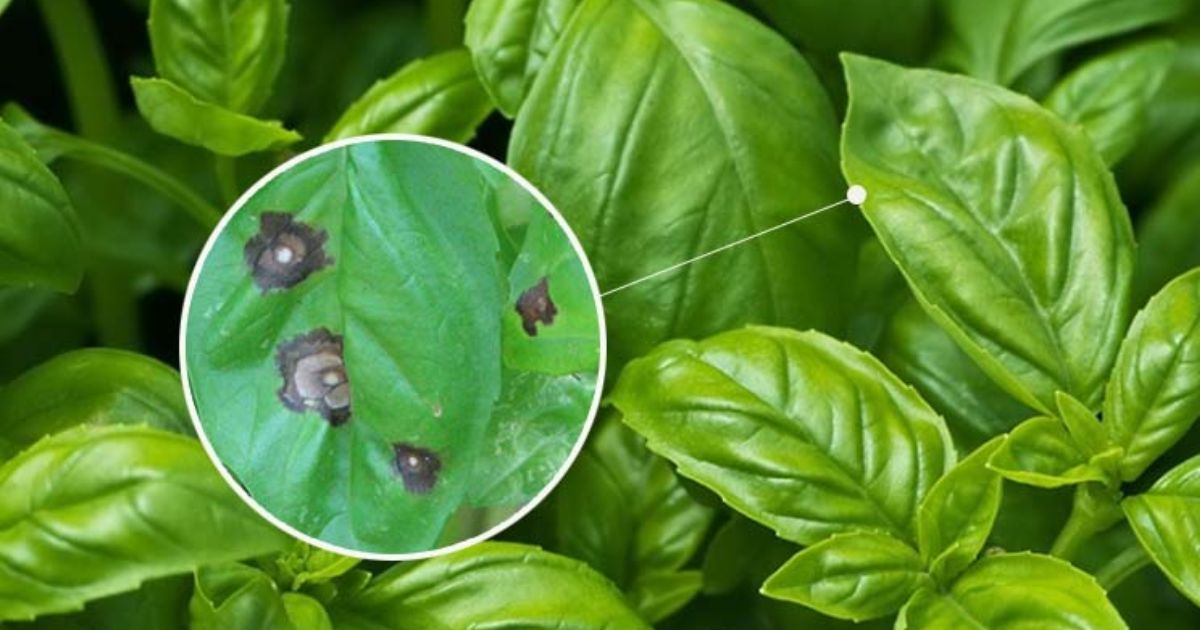Snapdragons (Antirrhinum) are a gardener’s favourite for their bright colours, unique flower shapes, and long-lasting blooms. These charming flowers get their name from resembling a dragon’s mouth, which appears to “snap” open when squeezed.Growing snapdragons can be incredibly rewarding whether you’re a beginner or an experienced gardener. These plants are adaptable and may grow well in pots and garden beds. They can also be used to make bouquets of cut flowers. Additionally, they draw pollinators like butterflies and bees, which gives your garden more vitality and vigour.This guide covers everything you need about growing and caring for snapdragons, from planting to maintenance.
How to Grow Antirrhinum from Seed
Growing Antirrhinum (snapdragons) from seed is an easy and rewarding process. These colourful flowers add beauty to any garden and can be grown as annuals or short-lived perennials. The No-Brainer Guide to Starting Seeds Indoors Follow these steps to successfully grow snapdragons from seed.
Choose the Right time to Plant
Snapdragons are cool-season flowers, so start seeds indoors 8–10 weeks before the last expected frost. If you’re planting directly outdoors, wait until early spring when temperatures are mild.
Prepare the Seeds and Soil
- Use a well-draining seed-starting mix.
- Moisten the soil slightly before planting.
- Snapdragons need light to germinate, so do not cover the seeds completely—press them gently onto the soil surface.
Planting the Seeds
- Scatter seeds thinly over the soil in trays or pots.
- Lightly mist with water to keep the soil moist.
- Place the tray in a warm area (around 65–75°F or 18–24°C).
Provide Proper Light and Watering
- Snapdragons need bright light to germinate. Use a grow light or place them near a sunny window.
- Don’t let the soil get saturated, but keep it regularly damp.
Transplanting Seedlings
- Once seedlings have grown 2–3 sets of genuine leaves, gradually expose them to external circumstances to harden them off.
- Transplant them into garden beds or containers, spacing them about 6–12 inches apart.
Caring for Young Plants
- Water regularly, but avoid overwatering.
- Apply a balanced fertilizer every few weeks.
- To promote bushy growth, pinch back the growing tips.
By following these steps, you’ll have beautiful, healthy snapdragon plants blooming throughout the season!
Temperature & Humidity

Snapdragons are tender perennials in USDA zones 7-11 but are usually grown annually. They prefer cooler temperatures, flourishing when the daytime high is in the low 70s (°F), and the nightly How to Grow Tulips low is in the low 40s (°F).Mature plants can tolerate sub-freezing temperatures. They prefer humidity levels between 40% and 70%, and keeping them well-watered and adding a layer of pine straw mulch can help them survive cold spells.
Fertilizer
Apply fertilizer when the plants begin to bloom. Apply three pounds of balanced, all-purpose fertilizer per 100 feet of soil, such as 10-10-10, to square feet of flowerbed. Water well after fertilizing.
Types of Snapdragons
antirrhinum seedlings are often sold in multi-colour mixes, though individual colours are available as seeds or seedlings. Popular varieties include:
- Rocket Series – A reliable, multi-coloured variety growing 2-3 feet tall.
- Madame Butterfly Mix – Produces 24 30-inch-tall, ruffled flowers in various colours, ideal for cut arrangements.
- Tutti Frutti – A compact 10-12 inch variety with uniquely speckled and striped flowers.
- Candy Tops Mix—These short (6-8 inches) plants have solid-coloured flowers in yellow, 10 Common Seed Starting Mistakes orange, white, red, and rose, perfect for borders.
- Chandelier Mix – A trailing variety with lilac, pink, or yellow blooms, great for hanging baskets.
Propagating Snapdragons
Although dragon flower are inexpensive to buy and easy to grow from seeds, they can also be propagated from cuttings:
- Cut a 2-inch stem section below a leaf node from a healthy plant.
- After removing the lower leaves, put the cut end into the hormone that promotes roots.
- Cover the cutting with a plastic bag or dome, put it in potting soil or seed-starting mix, and keep it moist.
- Once roots develop, remove the cover and grow the plant in bright indoor light.
- Transplant outdoors after the last frost.
Growing Snapdragons from Seed
In mild climates, antirrhinum yellow can be sown outdoors in winter or a few weeks before the last expected frost. Since they grow slowly, many gardeners start them indoors 6-12 weeks before the last frost.
- Use seed-starting mix or potting soil and press the seeds onto the surface. How to Grow Tulips (They need light to germinate.)
- Place the tray under bright lights for 16 hours daily.
- Once seedlings develop six true leaves, pinch off the top to encourage bushiness.
- Transplant seedlings outdoors a couple of weeks before the last frost—dragon flowers can tolerate light frost.
This version maintains the original details while making the information more transparent and easier to read. Let me know if you’d like any further refinements.
How to Encourage Snapdragon Blooms
should you deadhead snapdragons are loved for their vibrant, long-lasting flowers.They can bloom all through the season, starting in early April. Despite being short-lived perennials, they are frequently planted as annuals and typically only bloom once a season.
Ample blossoms depend on the right amount of sunlight. snapdragon seedling can withstand little shade, but they prefer full sun.Adjusting their sun exposure can help maximize flowering. The Best Types of Flowers for Every Garden Style and Climate Additionally, regularly deadheading spent blooms encourages continuous blooming.
Common Issues With Snapdragons
Snapdragons are a timeless summer favourite, bringing vibrant colours to gardens. However, they can sometimes face a few common but manageable problems:
Wilting Leaves & Fewer Flowers
Excessive heat and sunlight can cause snapdragons to wilt and produce fewer flowers. To revive them, move the plants to a cooler, shadier area and trim them back to encourage fresh growth and new blooms.
Yellow & Brown Flecks on Leaves
Snapdragons are susceptible to a fungal disease called snapdragon rust. It starts as yellow flecks on the leaves, which can darken and develop brown or black centres.
To prevent this disease:
- Plants should be spaced appropriately to promote healthy air circulation.
- Avoid watering at night to reduce moisture buildup.
- Remove infected leaves promptly to prevent spread.
Plants Falling Over
In shady conditions,antirrhinum seed pods may grow too tall and become leggy, The Best Containers for Seed Storage causing them to topple over. Taller varieties can also become top-heavy.
Solution: Use stakes or plant supports to keep them upright and stable.
Harvesting and Using Snapdragons

antirrhinum seeds (Antirrhinum) are stunning garden plants that are excellent for floral arrangements and landscaping. Harvesting them at the right time ensures long-lasting beauty in a bouquet or outdoor space.
When to Harvest Snapdragons
- The best time to cut snapdragons for bouquets is when the lower flowers on the stem have opened, but the upper ones are still in the bud. This allows them to continue blooming after being cut.
- Harvest in the early morning or late evening to prevent wilting.
- Cut stems at a 45-degree angle with pruning shears or sharp scissors.
How to Keep Cut Snapdragons Fresh
- Immediately place the cut stems in a bucket of clean, lukewarm water.
- To stop bacteria from growing, remove any leaves that will come in contact with water.
- Change the water daily and trim the stems every few days to extend their vase life.
- Keep the flowers out of direct sunlight and in a cool environment.
Using Snapdragons in Landscaping
- Borders and Edging: Plant antirrhinum sonnet pink along garden edges for vibrant colour.
- Containers and Pots: Snapdragons thrive in pots and hanging baskets, making them great for patios and balconies.
- Companion Planting: Pair them with marigolds, petunias, or lavender for a stunning floral display.
Encouraging Continuous Blooming

- To promote new blooms, regularly deadhead spent flowers.
- If you want snapdragons to self-seed, allow some flowers to go to seed at the end of the season.
- In warmer climates, trim plants after blooming to encourage a second flush of flowers.
With the proper care, are snapdragons perennial plants can provide months of vibrant colour in the garden and your home!
How to keep Snapdragons Blooming all Summer
The secret to snapdragons blooming all summer is regular care and upkeep. Snapdragons require at least six hours of sunlight per day in order to flourish and bear flowers, so start by planting them in a spot that receives full sun. Adding compost before planting can help them get off to a good start because they need well-drained soil that is high in organic matter.Deadheading is necessary to stop the plant from producing seeds. , remove wasted blooms on a regular basis. Early in the season, pinching down the stems can encourage more blooms and bushier growth. Avoid overwatering snapdragons since damp soil can cause root rot. Water them frequently, especially during dry spells. Mulching around the base helps retain moisture and keeps roots cool.
Feeding your snapdragons every few weeks with a balanced, water-soluble fertilizer will help sustain blooming throughout the summer. If the weather gets too hot, snapdragons may slow down or stop blooming, as they prefer cooler temperatures. In this case, providing some afternoon shade can help extend their flowering period.
With regular deadheading, proper watering, and feeding, snapdragons can stay vibrant and bloom throughout the summer, adding bright colour and charm to your garden.
Conclusion
Growing snapdragons (Antirrhinum) from seed can be a fun and rewarding experience. They bring a burst of colour and charm to any garden. By understanding their needs—such as the correct planting time, proper care, and how to harvest them—Their lovely blossoms are available throughout the season.Whether growing them for fresh-cut flowers or adding personality to your landscaping, snapdragons are versatile and easy to maintain with a little effort. With these tips, you’ll be well on your way to having a thriving snapdragon garden that improves the aesthetics of your area and draws pollinators.
FAQ
How long do snapdragons bloom?
Usually blooming from late spring to early fall, Snapdragons can, with proper care, properly, last up to 6 months. Regular deadheading helps extend the blooming period.
Can snapdragons survive winter?
Snapdragons are cold-tolerant but often treated as annuals in colder climates. With proper winter care or mulching, they can act as perennials in milder zones.
How often should I water snapdragons?
Water snapdragons regularly, keeping the soil moist but not soggy. Water deeply to encourage strong roots, especially during dry periods.
Do snapdragons reseed themselves?
Yes, snapdragons can reseed in the garden. If left to mature, their seeds will fall, and new plants will grow the following season.
Why are my snapdragons not blooming?
Snapdragons may fail to bloom due to insufficient sunlight, poor soil, or overwatering. Ensure they receive enough light, have well-draining soil, and avoid overwatering.





